Renting a private jet in Saudi Arabia might sound like an indulgence, but what if I told you it's more accessible than you’d think? Brace yourself for a paradigm shift that could redefine luxury travel for you.
Amidst rapid economic transformations, understanding private jet rentals is crucial in a region where convenience meets opulence. From business magnates to spontaneous travelers, here's why it's the talk of the town right now.
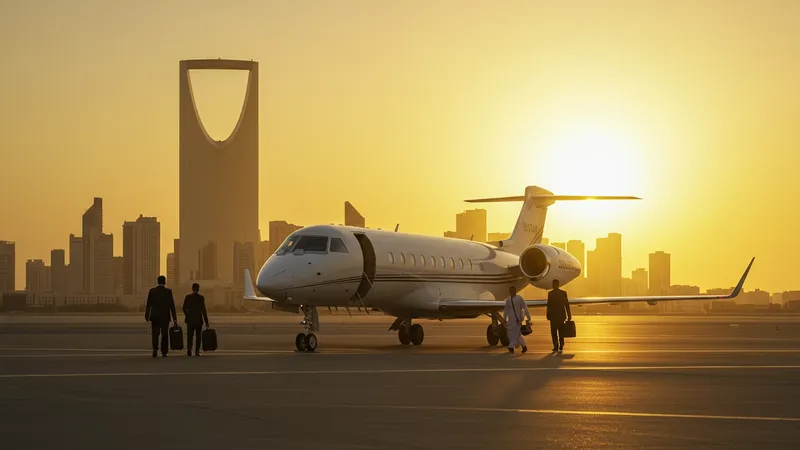
You might assume that private jets are solely for billionaires, but airlines are rolling out memberships akin to gym subscriptions! As the landscape of luxury aviation is democratizing, surprise awaits those looking for comfort without the commitment. But that’s not even the wildest part…
An emerging service is allowing users to share private jets like Uber rides, slashing traditional costs. This provocative model is rattling airlines industry-wide. New companies are crafting tools not just as a convenience, but as a lifestyle transition. What happens next shocked even the experts…
Private jet pricing isn't just about renting the aircraft; it's woven into a tapestry of hidden costs that often catch people off guard. While the base fee might appear straightforward, factors like fuel surcharges and landing fees can quickly escalate the total cost. Onlookers often believe the rental price includes everything, but that assumption can lead to bewildering bills. However, underneath these common misconceptions lies a deeper story.
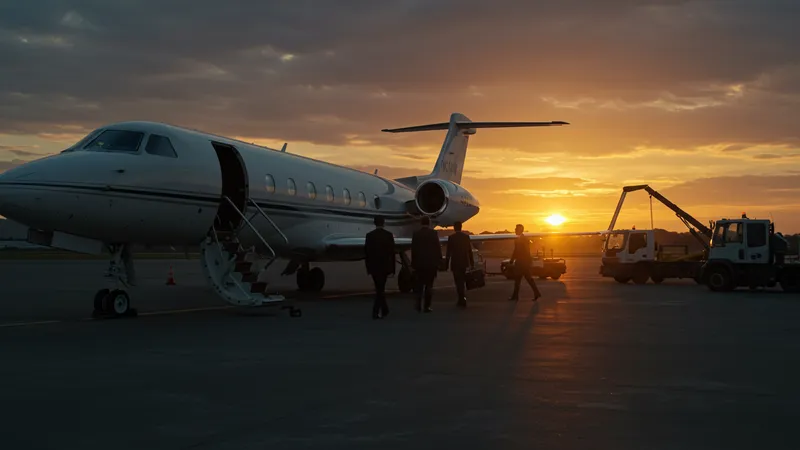
This tale amplifies when you consider the fluctuating market demand. Certain hours and dates can notably drive prices higher due to peak demand. As business executives book flights for key meetings, they inadvertently shape a dynamic pricing model that shifts with the tide. But what if there was a way to navigate this swell? The answer may surprise you.
For instance, regional airports sometimes offer financial incentives to private jet operators to encourage frequent landings, a fact commonly unknown. These incentives can then be passed on to customers as discounts, but only if customers are savvy enough to ask. The real twist, however, lies in knowing which airports and operators play this unique game.
In Saudi Arabia, where convenience is king, understanding package deals and seasonal promotions can be your golden ticket. But there’s one more twist in the tale—the role of innovative technologies in price transparency that’s reshaping perceptions entirely. What you read next might change how you see this forever.
Fuel surcharges, surprisingly, are the silent culprit behind sky-high private jet expenses. It's not just the amount of fuel consumed, but the varying prices between fueling stations that can influence costs. While most anticipate the convenience of flying private, the final bill is often padded by these unsuspecting charges, leading to sticker shock. Diving deeper reveals a different panorama.
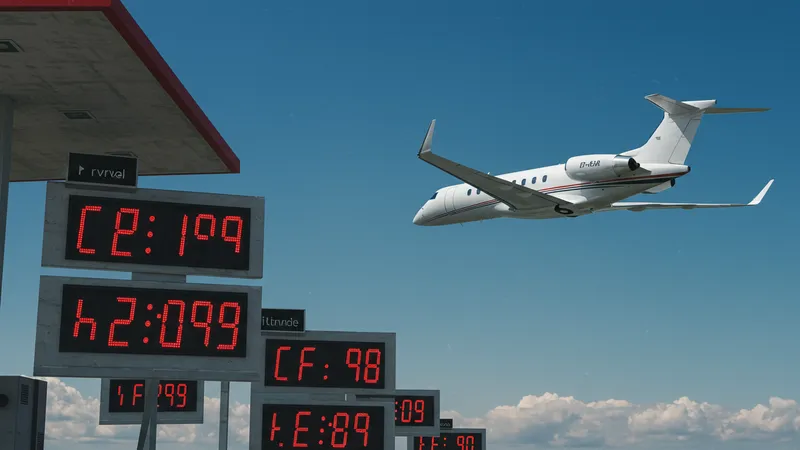
Fuel prices at different airports can vary, sometimes significantly, much like the difference between city center and highway gas stations. An operator choosing wisely can save thousands, which savvy travelers can benefit from. This isn’t just a potential money-saver—it's a secret strategy many aviation insiders swear by. Yet, there’s more to the story.
The concept of fuel hedging, where companies lock in prices at a future date, plays a profound role in stabilizing costs. While not always available to individual renters, understanding whether this option is in play can help during negotiations. This financial tactic might seem complex, but its implications on pricing are often profound. Here's what stands out further.
Advanced in-flight technologies now allow jets to conserve fuel, reducing costs. Coupled with strategic route planning that bypasses air traffic and cuts down travel time, savings can be substantial. Although, there remains an unforeseen aspect that ties all these factors together, one that transforms a liability into an advantage. And wait till you get the complete lowdown on that.
While the allure of flying privately might glimmer with unfettered freedom, the hidden expense of crew costs often goes unnoticed. Typically, private jets require not just a pilot, but also a co-pilot and a cabin attendant, especially for long haul flights. When considering longer trips or larger jets, crew expenses can significantly inflate your bill. But what if this could be minimized?

Indeed, some operators provide the option of choosing from a roster of available crew, allowing renters to select based on experience or cost. This flexibility can lead to considerable savings, a little-known fact that jet-setters wisely exploit. These savings might encourage you to rethink personnel costs on your next flight. Yet, there are more layers to peel back.
What’s often not advertised is the premium attached for overnight stays at remote locations or luxury lodgings within major cities. These, added to meals and local transportation for crews, can culminate in a surprising total. However, strategic planning, like choosing destinations with affordable lodging options, can ameliorate such costs.
Finally, some operators offer comprehensive packages that include crew costs, which might initially seem more expensive but could lead to savings in less tangible ways. With a growing trend towards all-inclusive experiences, travelers can potentially enjoy a seamless experience without unpredictable expenses. And it’s exactly this movement that hints at something even more revolutionary in the realm of jet travel.
Many perceive private jets as an exclusive domain for the ultra-rich, but emerging tools are making this option increasingly available to the wider public. Shared charter services are revolutionizing travel, offering reserved seats on private jets at a fraction of the cost. These platforms are drawing comparisons to the disruptors of other industries, enabling broader accessibility and forging new perceptions.

Efforts are underway to popularize these shared services, where travelers can share flights, much like ride-sharing apps, making private jet experiences more attainable than ever. This democratization marks a significant shift from traditional barriers, but many remain unaware of its existence. So, how exactly does it change your perspective on exclusivity?
Newly formed memberships are promoting innovative ways to enjoy private jets, akin to entry-level subscriptions in other luxury areas. These memberships offer limited flight hours annually or discounted pricing during off-peak times, substantially lowering entry barriers. The hallmarks of luxury are evolving, becoming more relatable to aspiring jet-setters.
With increasing membership options offering flexible pricing and shared flights becoming mainstream, this nascent trend is becoming an integral part of the aviation landscape. However, what remains truly astonishing is the breadth of experience these services provide—where fleeting moments of luxury become everyday possibilities. And there's even more to uncover on how these evolutions will continue to reshape perceptions.
The influence of smart technology on the cost of renting private jets has been transformative, yet largely hidden. Advanced booking systems now allow for real-time pricing, optimizing costs similar to hotel or airline algorithms. What does this mean for the average traveler? Greater transparency and potential savings, completely resetting the stage for competition.
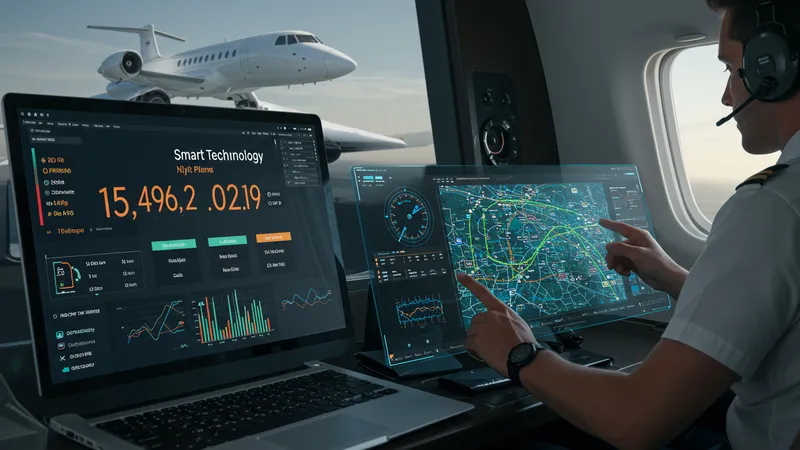
Furthermore, technology has impacted flight path optimization, where software tools help pilots pick the most fuel-efficient, time-saving routes. This doesn’t just reduce fuel costs but also contributes to lower operational costs, an advantage that can be passed on to the consumer. It's a clever synthesis of technology and traditional travel efficiencies. Yet the implications do not end there.
Predictive maintenance software is another techno-advancement allowing operators to stay ahead of potential issues, minimizing costly delays and unnecessary repairs. These benefits do reflect on the pricing structure, ensuring reliability and preventing surprises in billing. But why is this important to you as a potential jet renter?
Embracing technology allows operators to offer not just cost savings, but enhanced safety measures and personalized travel experiences. While many see technology as a convenience, it’s also a central player making private air travel more cost-effective than ever. The true potential, however, is in what comes next—an unprecedented fusion of human experience and technology in air travel.
Many companies now offer lucrative membership programs designed to mitigate the higher upfront costs of flying privately. Members can purchase credits in advance or pay an annual fee for reduced hourly flight rates. Not only do these programs ensure a more economical usage, but they also introduce an element of predictability into private travel, turning it from luxury to lifestyle for many.
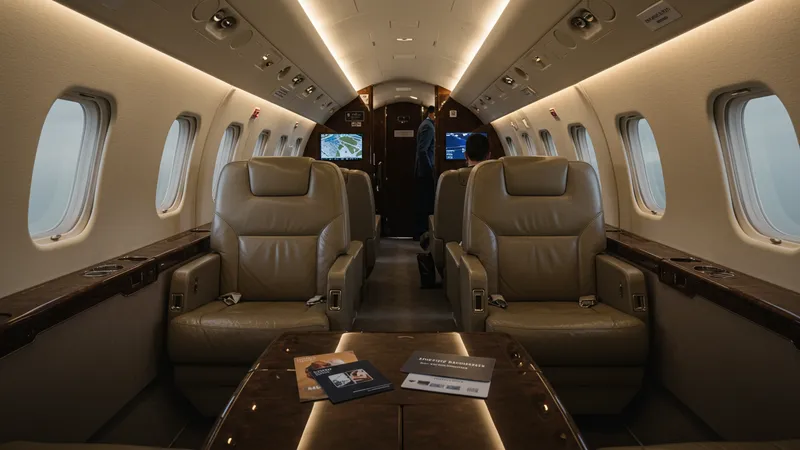
The financial allure of such memberships is their inherent adaptability. Members enjoy perks like guaranteed jet availability or exclusive access to special deals during peak seasons—benefits that traditional flyers might dream of. But it doesn’t stop there; this model redefines what travelers consider to be feasible.
Promotions involve bulk purchasing flight hours at discounted rates—unthinkable to many outside the private aviation circle. These packages include perks like free-cancellation policies or rollover hours, maximizing both flexibility and value. No longer are these plans limited to corporations; individuals are equally entitled to these savings, transforming overall buyer mentality.
Today's leasing companies are particularly agile, leveraging these memberships to occupy a broader consumer base. The catch lies in understanding how to negotiate terms wisely and capitalize on offers that severely undercut traditional pricing structures. As these flexible models evolve, prepare for a new era where flying private becomes an expectation rather than a dream. But there’s still more to this narrative.
The decision to fly short-haul versus long-haul on a private jet fundamentally alters the financial landscape. Shorter routes, tightly packed with hidden costs such as higher landing and repositioning fees, can swiftly escalate expenditures. Yet there lies a little-known industry insight that offers financial relief for such quick trips.
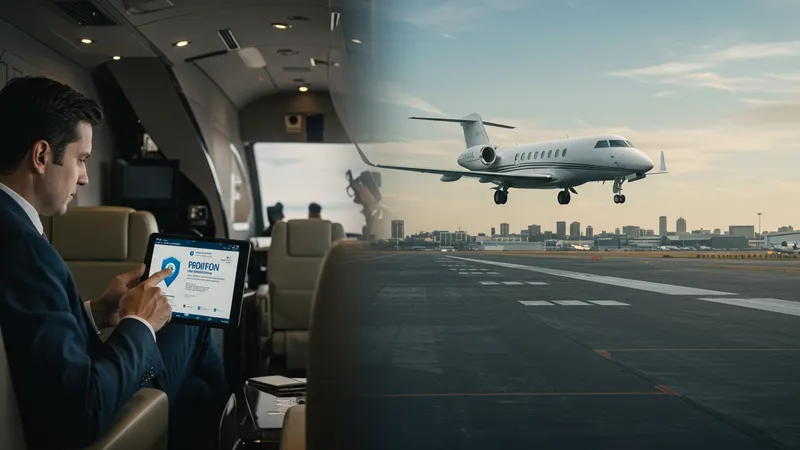
Regional operators frequently advertise promotions on shorter routes to fill up their flight schedules. This presents opportunities for cost-effective escapes, but is contingent on availability. What does this imply for someone considering a last-minute business idea or spontaneous adventure? A potential bargain awaits.
On longer flights, leasing agreements can dramatically deflate hourly rates due to the efficiencies of scale. The per-hour cost of keeping a jet airborne decreases with flight duration, leading to a better value proposition for extended travel. It's a nuanced benefit for those seeking range and value in equal measure, but there’s more.
Marketing alliances between private airlines and luxury services—for instance common on long-haul jaunts—introduce value enhancements not usually seen on shorter sails. These relationships create bundled packages that provide exceptional experiences, blending travel with unforgettable luxury. This multi-dimensional approach reframes how extended journeys are perceived, fitting seamlessly into new expectations of access and opulence. And that's just one side of the story.
A fascinating financial dichotomy exists between what consumers pay and the actual operational costs faced by private jet companies. While upfront costs may seem prohibitive to the unacquainted, a deeper dive reveals the internal economics of private aviation. Decoding these mechanisms bridges a knowledge gap between perception and reality.
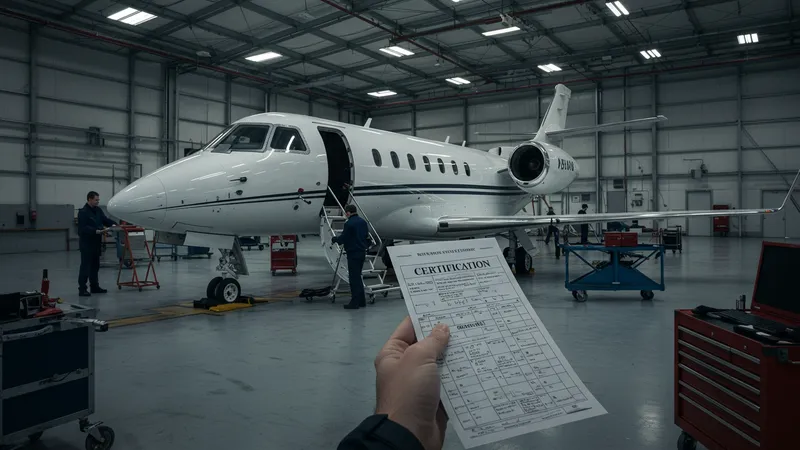
The lion’s share of expenses for operators is tied primarily to maintenance and staff training, not the mere cost of flying. Aircraft must meet stringent safety standards, which involve rigorous checks and certifications. Such checks ensure clients have assurances that come at a premium, arguably beyond initial expectations.
However, there's a latent advantage embedded within these costs: financial transparency allows for negotiated discounts and exclusive deals, often unseen at first glance. It's an insider’s secret, which those familiar with the industry engage with to drive down costs where possible. Compelling, isn't it?
The consumer narrative focused solely on pricing misses the richness of the full operational canvas. When clients understand the detailed breakdown of such expenses, they become adept at choosing premium services with less impact on their wallet. Never before has diving deeper into the numbers equaled potential long-term savings. But what if this recognition offers more? A transformation in personal purchasing power awaits the curious.
Timing plays a critical role when it comes to saving money on private jet rentals. For the informed traveler, avoiding peak travel times can widen accessibility, fostering more affordable travel options. This temporal factor—often overshadowed by other considerations—reveals another layer of expense management frequently left untapped.
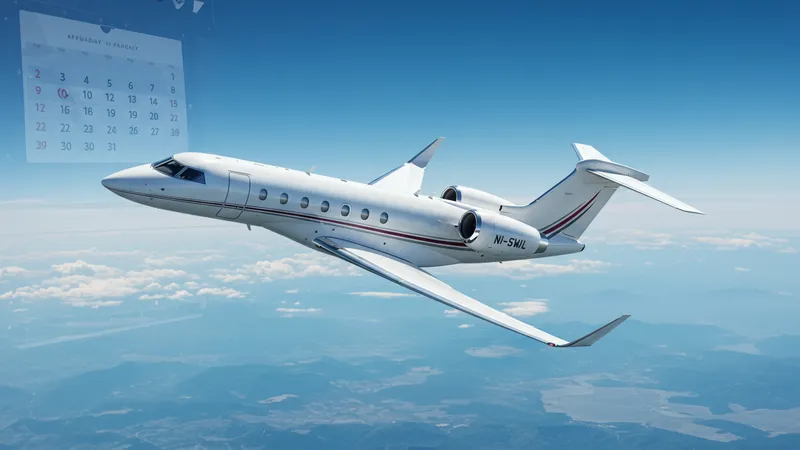
Utilizing flexible travel dates broadens navigational horizons, permitting participation in last-minute open-seat deals commonly promoted as operators fill voids on their booking sheets. This shift from rigidity to adaptability signals a major departure from traditional high-cost models.
Flexibility extends beyond mere timing; it encompasses selecting flights based on return trip availabilities or repositioning opportunities. By tapping into such nuanced schedules, travelers circumvent traditional blockades within the luxury market, transforming obstacles into opportunities.
Possessing flexibility as a decision-making toolay becomes essential, as timing and trip reprioritization play major roles within the context of affording private jet amenities. Route plotting and time strategies provide keys to unlocking otherwise closed doors to personal flight aspirations. All these approaches converge at a critical juncture; a reexamination of traditional cost frameworks awaits discovery.
The words "crew and maintenance fees" often feel like the fine print in private jet contracts. Yet, these line items define crucial aspects of the overall expense. Crew fees can vary substantially, largely based on flight complexity, the experience of the staff, and other logistical nuances. Getting familiar with these factors positions one to negotiate effectively.
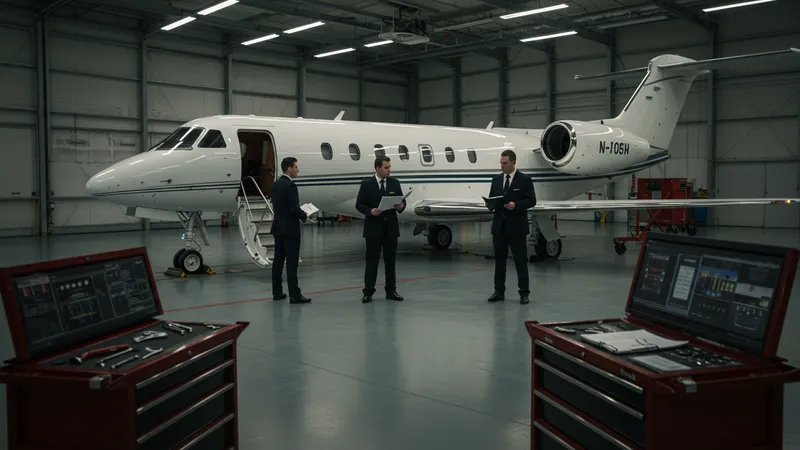
Maintenance is a constant factor, a non-negotiable linked to aviation industry standards. Aircraft must be kept in prime condition, not only for legal compliance but also to assure travelers of paramount safety. This necessity makes for a predictable cost, one that knowledgeable consumers strategically shoulder by mooting potential savings elsewhere.
However, closely examining the correlation between regularly serviced aircraft and their operational efficiency reveals a surprising cost-saving element. By adhering to stringent maintenance protocols, jets remain in top physical form, leading to energy-efficient flight paths that might offset maintenance overheads in the long term.
Successfully navigating the matrix of crew logistics, maintenance fees, and predictable travel schedules equips travelers to hone a keen understanding of how private jets exceed traditional luxury exposition. Deciphering these individual cost dimensions ultimately converts a traditionally high-margin price into a comprehensive, accessible package. But hidden even beyond these insights, a broader, more impactful understanding of luxury aviation awaits bold adventurers.
Private aviation emphasizes unparalleled safety measures, an essential component yet often underestimated in pricing. The rigorous inspections, detailed audits, and comprehensive insurance policies bespoke to this field involve costs not always apparent initially. However, they reflect a commitment to passenger security, ensuring experiences are as safe as they are luxurious.
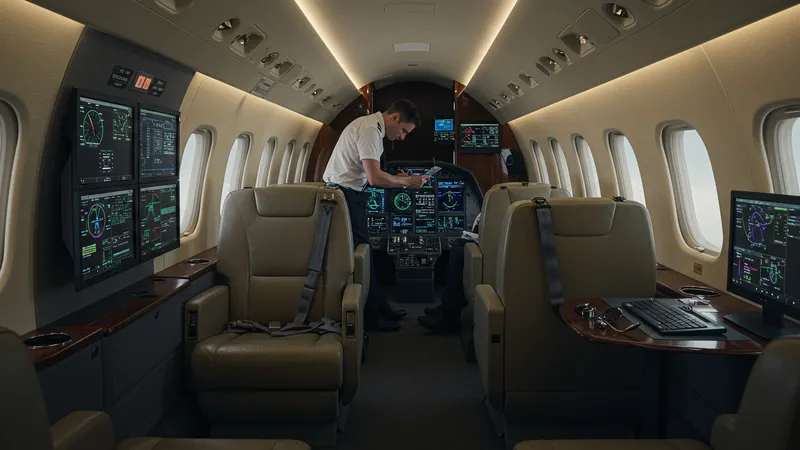
These specialized security arrangements—flight by flight checks, elite pilot training, and state-of-the-art equipment—translate into recurring expenses that constitute a significant part of overall pricing. Understandably, seasoned travelers appreciate these commitments, even more so when richly explained and worthy of the investment they represent.
The expense ensures not only peace of mind but also sustainability and longevity of service. Operators adeptly cover these areas thoughtfully, merging traditional safety assurance with advanced technologies. Security diversity is encapsulated into future-proof measures guaranteeing well-equipped operators and meeting customer compliance confidently.
Yet there remains a hidden link between superior safety and improved costs. This paradigm, where advanced safety protocols over time solidify cost management and efficiencies, reveals a fundamental component driving aviation forward. It’s the deeper knowledge mapping luxural priorities and pragmatic requirements, granting fine articulation to economically transform private jet travel narratives. And as the thread unfolds, what's next invokes the power to reshape your vision of exclusive aerial journeys.
Far beyond shiny exteriors and plush interiors, private jets are at the frontier of aviation innovation. New-generation inputs, cutting-edge composites, and fly-by-wire technology have progressively chipped away at the traditional cost structures associated with luxury travel. Just picture the dizzying capabilities of new models, balancing elegance with efficiency.
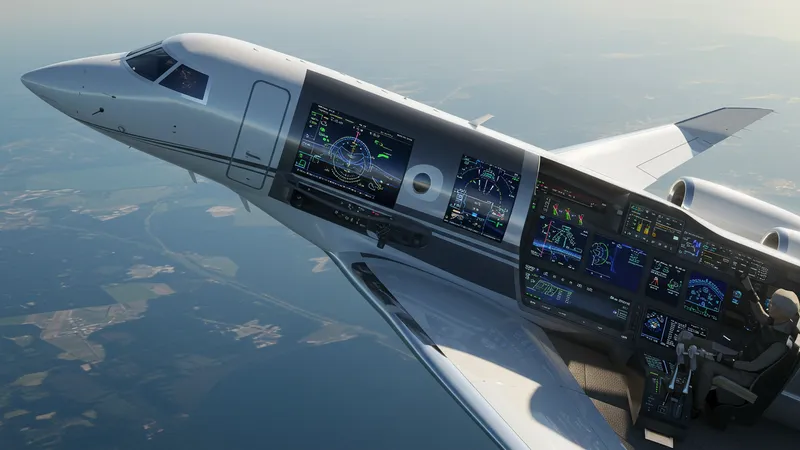
Private airlines strategically invest in research and development, propelling their fleets into a future marked by reduced fuel consumption and maintenance resilience. These elements, alongside artificial intelligence-enhanced operations, offer not just luxury but practicability—a powerful blend indicative of change yet accessible.
Consider the nuances of technological integration that offer predictive analytics honed for route efficiency tailored seamlessly for each traveler. This personalized precision subsequently minimizes in-transit fuel utilization, representing sustainable economic stewardship yet rivaling ease and style simultaneously. Memory algorithms encapsulate needs known before being expressed—a vision of how leisure and business intersect grandly.
Aligning these advancement streams with a keen commitment to customer experience reflects the narrative of a vibrant aviation sector, where practicalities and luxuries align. It’s an evolution encouraging redefining who constitutes the modern traveler, supplementary with technical understanding and infusing practicality into otherwise fanciful dreams. Witnessing these transformations, the concept of affordability reshapes itself, beckoning all those pursuing an enriching lifestyle experience. And where these transcendent elements interlace with dynamic solutions, fascinating possibilities unfold.
Global events can drastically alter the dynamic of private jet pricing, yet this impact often escapes mainstream attention. Events such as international trade fairs, diplomatic gatherings, and massive sporting events temporarily upend demand, thus revealing a price volatility somewhat overshadowed by the glamour of the private aviation sector.

The ripple effects of these moments—where demand surges to unexpected heights—often spur temporary price hikes, catching some travelers unaware. However, educated consumers identifying these patterns position themselves favorably, grasping how to navigate through such fluctuations advantageously. This understanding is not just insight but a strategic exercise in awareness.
Reacting swiftly to longstanding price shifts commonly guarantees substantial savings. By adjusting travel objectives with market intelligence, passengers can maximize accessibility without compromising luxury standards. It’s an unspoken truth aligning traveler sensibilities to prevailing global climate subtleties, consistently bypassing inflated costs associated with sudden demand spikes.
Decoding these transient upheavals into relevant decision-making empowers passengers, sharply negotiating traditional perceptions and resetting expectations. It's the dynamic beyond everyday news that transforms comprehensive flight strategies, grounding intuition with foresight and reimagining value-added pathways in global aviation landscapes. And what's hidden within these evolving contexts signals a profound opportunity for the discerning and curious alike.
As we peel back the layers of private aviation, what’s evident is a rich tapestry of innovation, cost strategies, and unforeseen benefits that extend far beyond traditional beliefs. Armed with this transformative knowledge, you’re now better equipped to navigate the nuanced world of luxury flying. Consider sharing these insights, bookmark them for your next travel planning session, or leverage them in conversations with fellow enthusiasts. Embrace the unexpected possibilities that lie above the clouds.